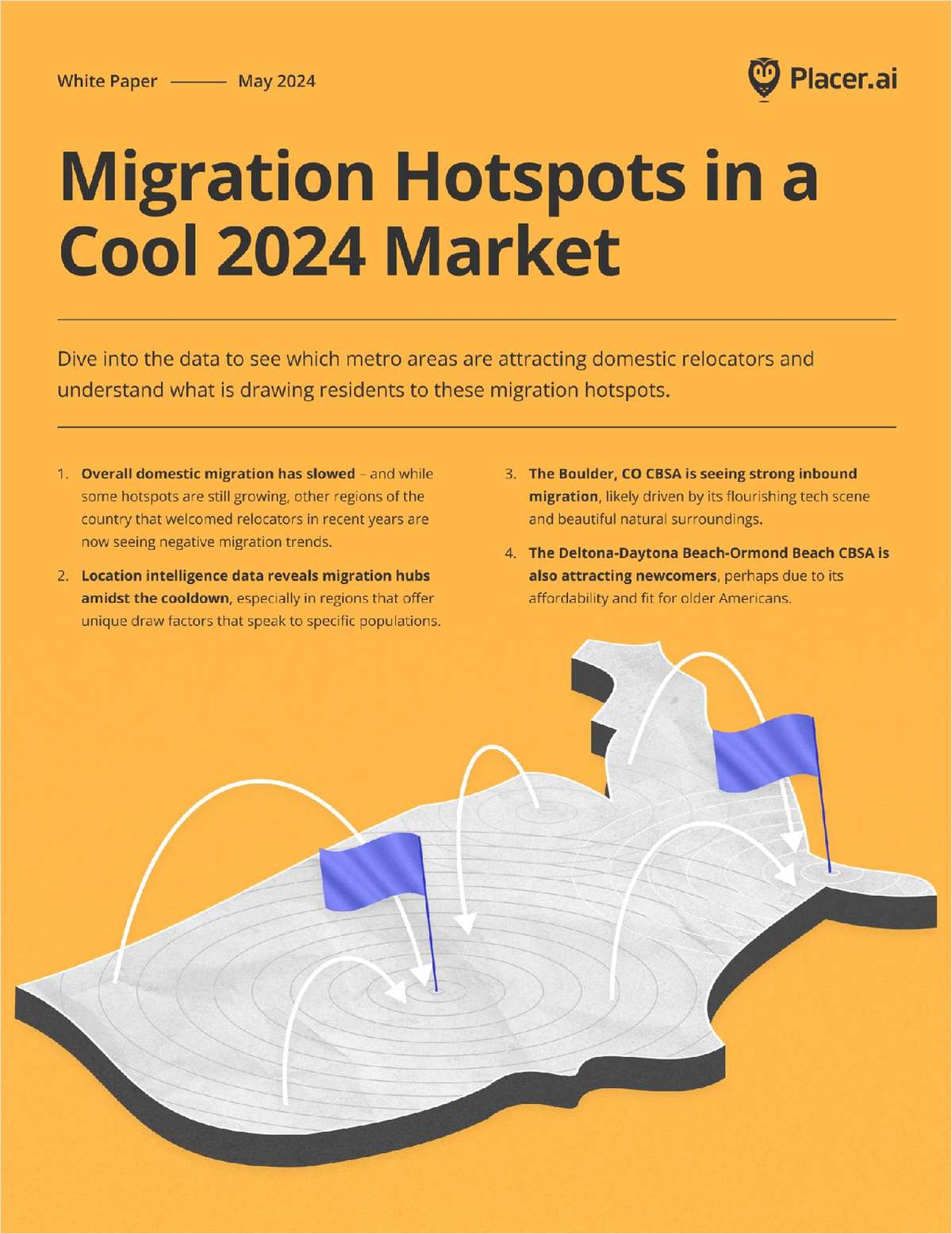In a little-noticed statement released on Thursday, the US Fishand Wildlife Service proposed setting aside a staggering 12,060acres of Southern California land to protect the Riverside fairyshrimp. The unusual crustaceans are so small that no one even knewthey existed until 15 years ago, and literally thousands of themcan be held in a child's hand.
Much of the land that the feds would put off-limits for futuredevelopment is on the closed El Toro Marine Corps Station, whichmany local officials and business interests want to convert to acommercial airport that would create thousands of jobs and millionsof dollars a year in tax revenue. Hundreds more acres stand in thepath of the proposed Foothill South toll road, a 16-mile highwaythat would ease the region's worsening traffic problems.
The land targeted by Fish and Wildlife contains vernal pools,"mini-wetlands" that are formed in the rainy season and usually dryup in the summer. Though the pools only last for a few months,they're nice places for the miniscule shrimp to swim before theyall die when the water disappears in July or August.
Continue Reading for Free
Register and gain access to:
- Breaking commercial real estate news and analysis, on-site and via our newsletters and custom alerts
- Educational webcasts, white papers, and ebooks from industry thought leaders
- Critical coverage of the property casualty insurance and financial advisory markets on our other ALM sites, PropertyCasualty360 and ThinkAdvisor
*May exclude premium content
Already have an account?
Sign In Now
© 2024 ALM Global, LLC, All Rights Reserved. Request academic re-use from www.copyright.com. All other uses, submit a request to [email protected]. For more information visit Asset & Logo Licensing.








